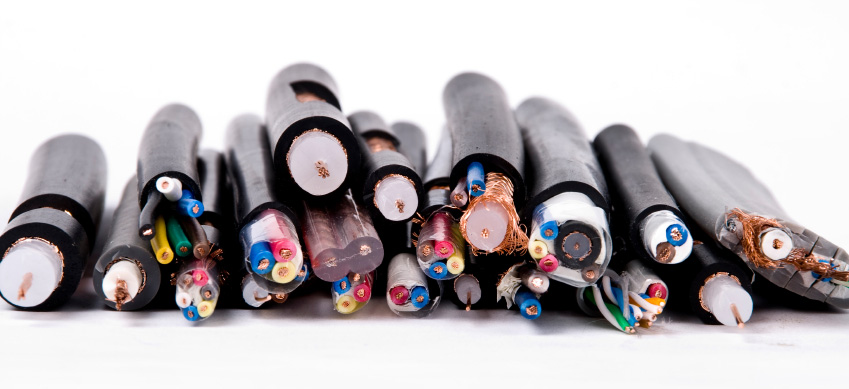EMC Question of the Week: January 15, 2024

To limit the radiated emissions from a transmission line that is not electrically short, the most important parameter to control is the
- characteristic impedance
- electrical balance
- signal amplitude
- common-mode current
Answer
The best answer is “d.” In fact, the common-mode current is generally the only parameter listed that can directly cause significant radiated emissions. The differential-mode voltages and currents typically make a negligible contribution to the radiated emissions. This means that parameters that have a significant impact on signal integrity (such as characteristic impedance, termination impedance, and signal amplitude) have virtually no direct impact on the radiated emissions unless there is something to convert the differential-mode signal to a common-mode current.
Power is converted between differential-mode and common-mode in a transmission line by changes in the electrical balance. So, transmission lines carrying high-frequency signals should have a consistent electrical balance. However, balance or imbalance does not directly cause radiated emissions. High speed differential signals require a balanced transmission line (e.g. a twisted wire pair). High-speed single-ended signals require an unbalanced transmission line (e.g. a coaxial cable). Neither transmission line radiates significantly unless something puts a common-mode current on it.
Have a comment or question regarding this solution? We'd like to hear from you. Email us at
